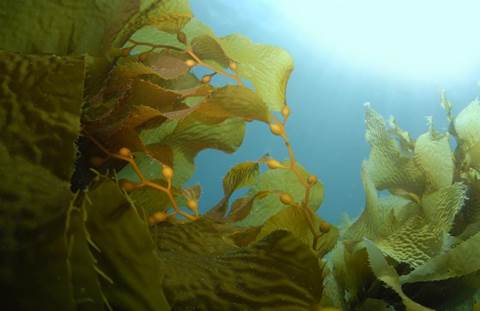Free Courses Sale ends Soon, Get It Now


Free Courses Sale ends Soon, Get It Now



Copyright infringement not intended
Context: Ocean warming disrupts early-stage development of Giant Kelp, the largest marine algae that are intrinsic to sea life, leading to rapid decline in kelp forests across the world, a new study found.
Details:
.jpg)
About Kelp Forests:
© 2024 iasgyan. All right reserved